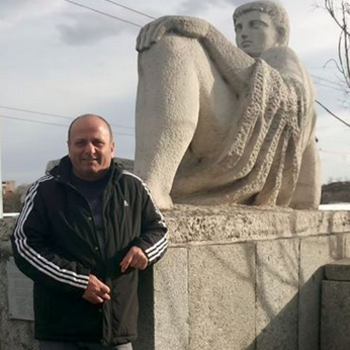A container with a volume of #8 L# contains a gas with a temperature of #210^o C#. If the temperature of the gas changes to #360 ^o K# without any change in pressure, what must the container's new volume be?
2 Answers
Explanation:
The new volume will be 6 L.
Explanation:
This is an example of Charles' law, which states that the volume of a gas held at constant pressure is directly proportional to its temperature in Kelvins.
The equation to use is
Known Values
Unknown
Solution
Rearrange the equation to isolate


